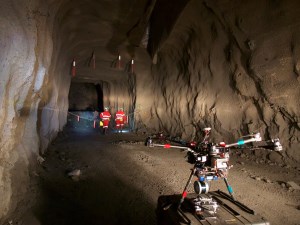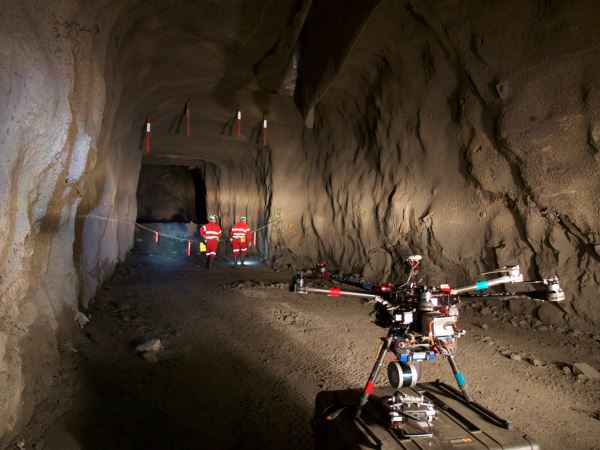We’ve conquered the air with drones, but subterranean settings – from human-made tunnels, underground urban spaces, and natural cave networks – are often still inaccessible and dangerous to humans.
CSIRO's Data61, is the only Australian competitor in the US Defence Advanced Research Projects Agency (DARPA) Subterranean (SubT) Challenge, which aims to explore new approaches to rapidly map, navigate, and search underground environments.
Data61's Robotics and Autonomous Systems Group, one of the leading robotics and autonomous systems research groups in the world, is one of seven teams competing in the SubT Challenge.
The teams receive up to US$4.5 million in funding from DARPA across the three-year challenge.
"We're honoured to be competing in DARPA's SubT Challenge, drawing on decades of experience in developing robots, sensing and communications systems for challenging environments like underground mines, and caves," said Fred Pauling, Robotics and Autonomous Systems group leader at CSIRO's Data61.
"We're pairing our ultralight legged robots with our Hovermap GPS-denied drone autonomy technology, to create a robot team that can rapidly explore and map challenging underground environments, providing unprecedented situational awareness in time-critical scenarios such as disaster response."
No human controller
CSIRO Data61's SubT Challenge team will create 3D maps of underground environments through LiDAR (Light Detection and Ranging) scanners mounted on legged robots as well as unmanned aerial vehicles which can fly in GPS-denied environments without a human controller.
Last year, the Hovermap technology enabled the world's first fully autonomous beyond line-of-sight drone flight in an underground mine, 600m below the surface in Western Australia.
Once developed, the robotics and network technology can help human first responders in understanding and exploring hazardous underground environments and also has applications across a range of industries including mining, transport, building and construction and agriculture.
The SubT Challenge team comprises nearly 30 people from CSIRO's Data61 Robotics and Autonomous Systems research group, students from QUT and the University of Queensland as well as two funded partners including the Georgia Institute of Technology, led by renowned robo-ethicist, Professor Ron Arkin.
The challenge ahead
Like previous challenges, DARPA-funded and self-funded teams will compete side by side.
Teams can compete in one or both of two complementary research tracks: the Systems track, to develop hardware and software to test on a physical course; or the Virtual track, to develop software-based approaches to test on a simulated course.
Teams in both tracks will compete in three preliminary Circuit events and the Final event.
Each Circuit event will explore the difficulties of operating in a specific underground environment. The first will focus on human-made tunnel systems.
The second will focus on underground urban environments such as mass transit and municipal infrastructure. The third will focus on naturally occurring cave networks.
The Final event, planned for 2021, will put teams to the test with courses that incorporate diverse challenges from all three environments.
The winner of the Systems track will take home a $2 million prize, while the winner of the Virtual track will earn a $750,000 prize.


